Closer To One's Rootes: Hazras' 1965 Hillman Super Imp
Images: Deepanjan Sarkar
Perturbed by the fuel crisis in the middle of the last century, the British motor industry was on a more efficient path to motoring. Smaller, better-packaged cars that would burn less fuel but without compromising the overall capabilities had taken precedence. Among the local carmakers/conglomerates, BMC had already established its ability to adapt to the rapidly changing market by offering the Mini—a model that revolutionised the car industry.
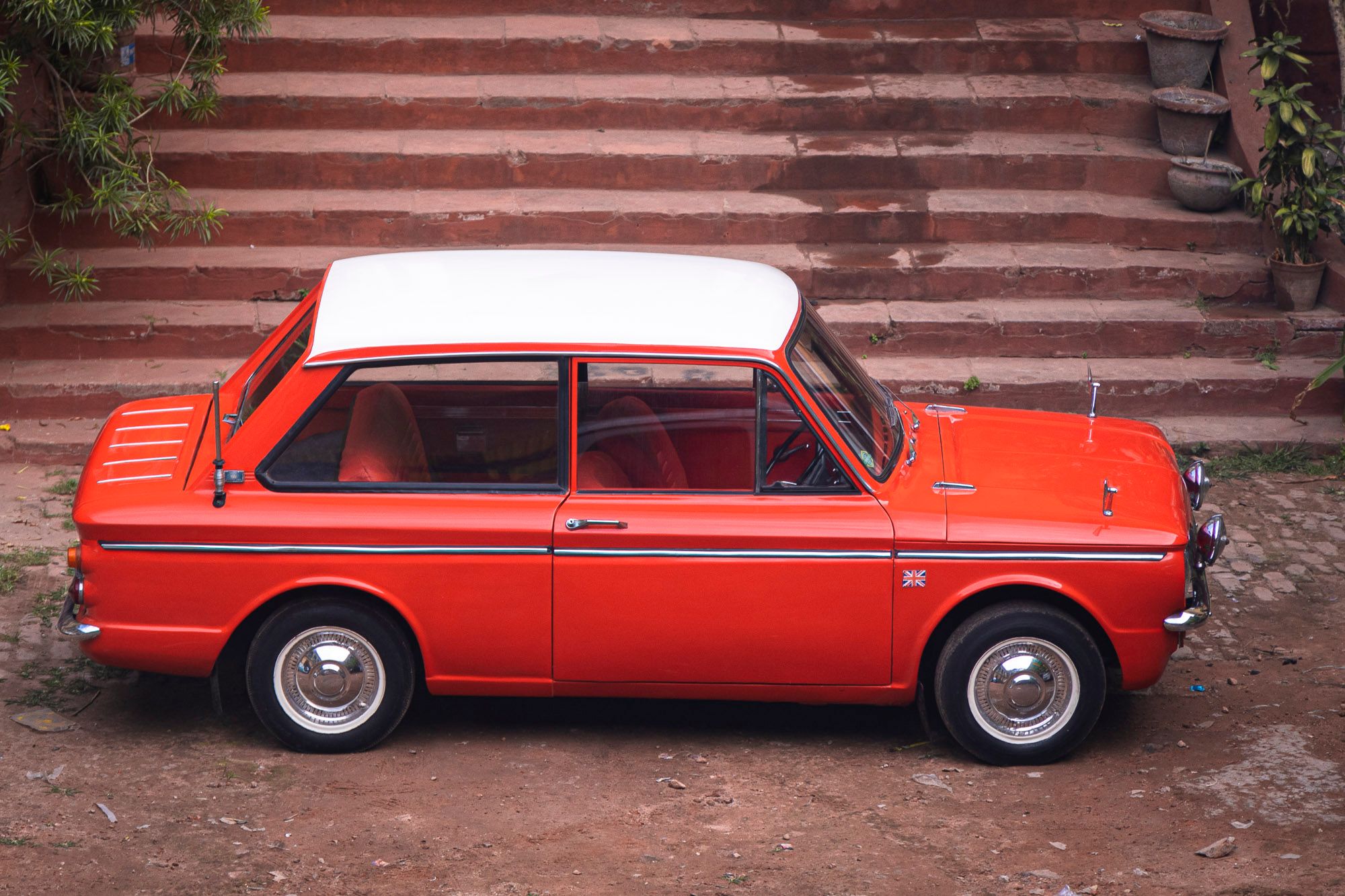
But it wasn't just the BMC or the Europeans who were ready with a small car for the British (and eventually global) audience. There was also the Rootes Group—a car company with some extremely prestigious brands under it: Hillman, Sunbeam, Singer, and Humber—and its answer to the on-going fuel crisis, the Hillman Imp.
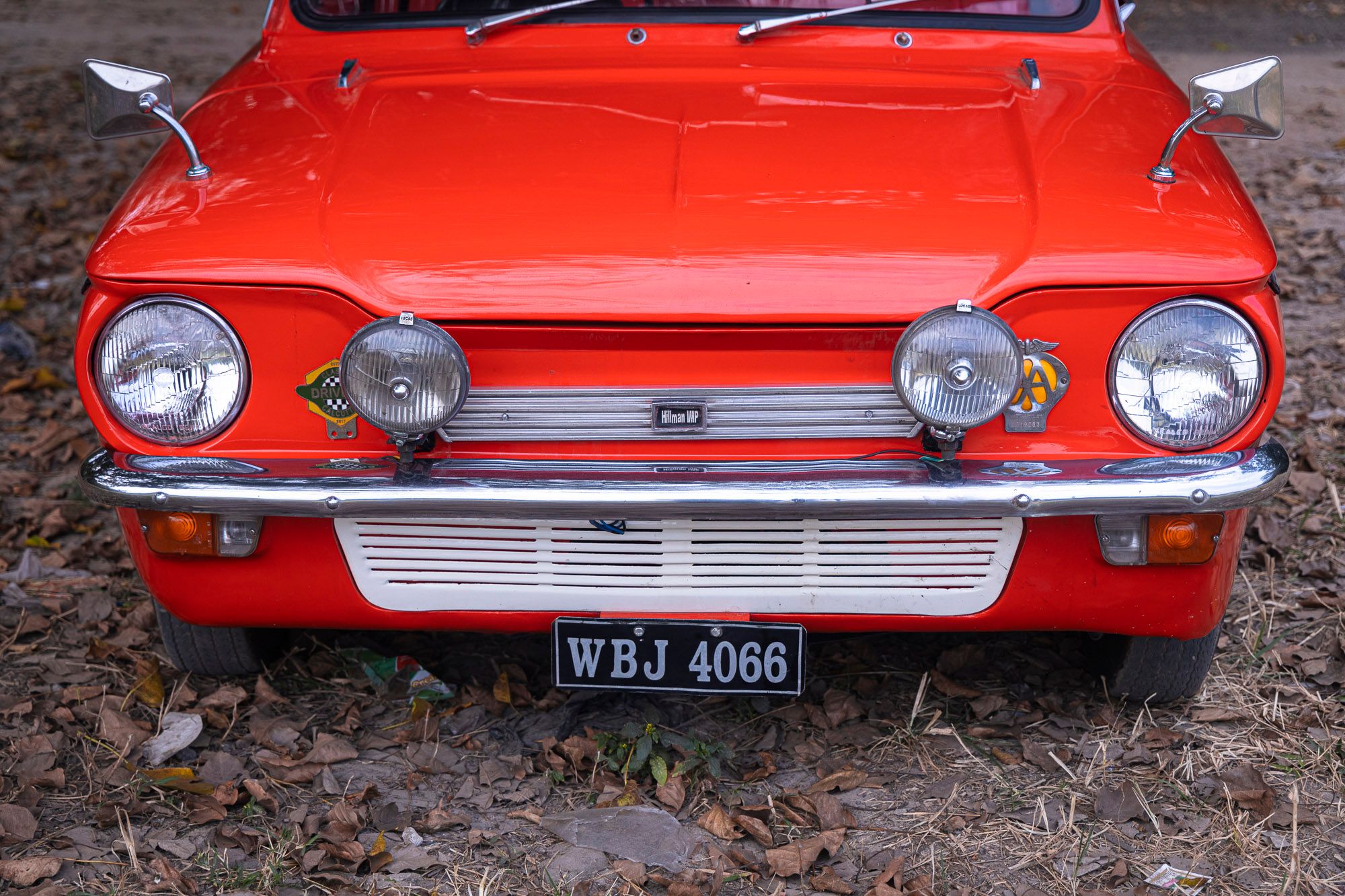
The story behind the Imp is pretty straightforward: Rootes sensed the need for a more fuel-efficient car and they began working on one. But it's hardly a tale from the British motor industry if it's not filled with surprises. The project took off as something too reminiscent of bubble cars of the same era, which didn't sit too well with the Rootes management. So they went back to the drawing board to make a car that would seat two adults and two children, manage to hit 60 mph but also return 60 mpg, and without being boring to drive. The other predicament in front of Rootes was that the group had been associated with large, luxurious cars, so they had to ensure that the new model, now codenamed Apex, didn't look or feel cheap.
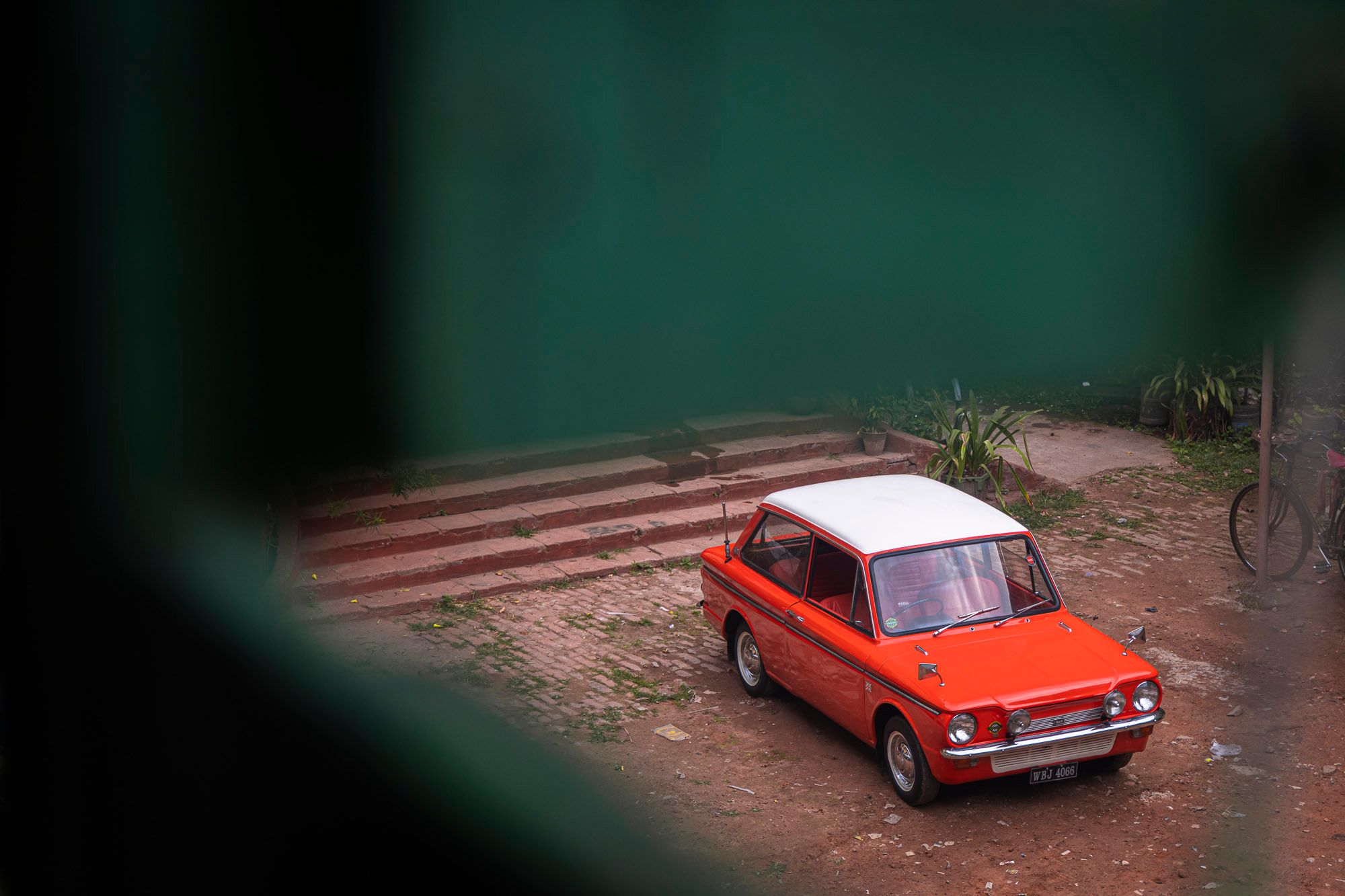
Inspired by the more stylish (and larger) cars from the US, the Hillman Imp was unique in the way it looked. It also employed a rear-engine, rear-wheel drive layout, with a transaxle (gearbox and differential in one unit) handling power transmission. The engine was where many buyers would've expected the boot to be, but it opened up space in front.

The high-revving, aluminium engine, sourced from Coventry Climax, was a motorsport-derived unit, now suited for road use. The gearbox/transaxle was custom-made for the car, and it was—like the handling—applauded by the motoring press of the time. The 875 cc engine made 39 bhp in standard form but Rootes had got it right, with journalists reportedly saying that the Imp's performance was comparable to that of 1600 cc saloons.

What the Rootes Group hadn't probably anticipated was the introduction of a brand new BMC product, nearly half a decade before the Imp could make its way to new customers. Equally surprising was that to benefit from government aid, Rootes would have to move far from its home in Coventry to Scotland. This turned out to be a logistical nightmare, plus there were multiple worker strikes, which further hampered the car’s success.
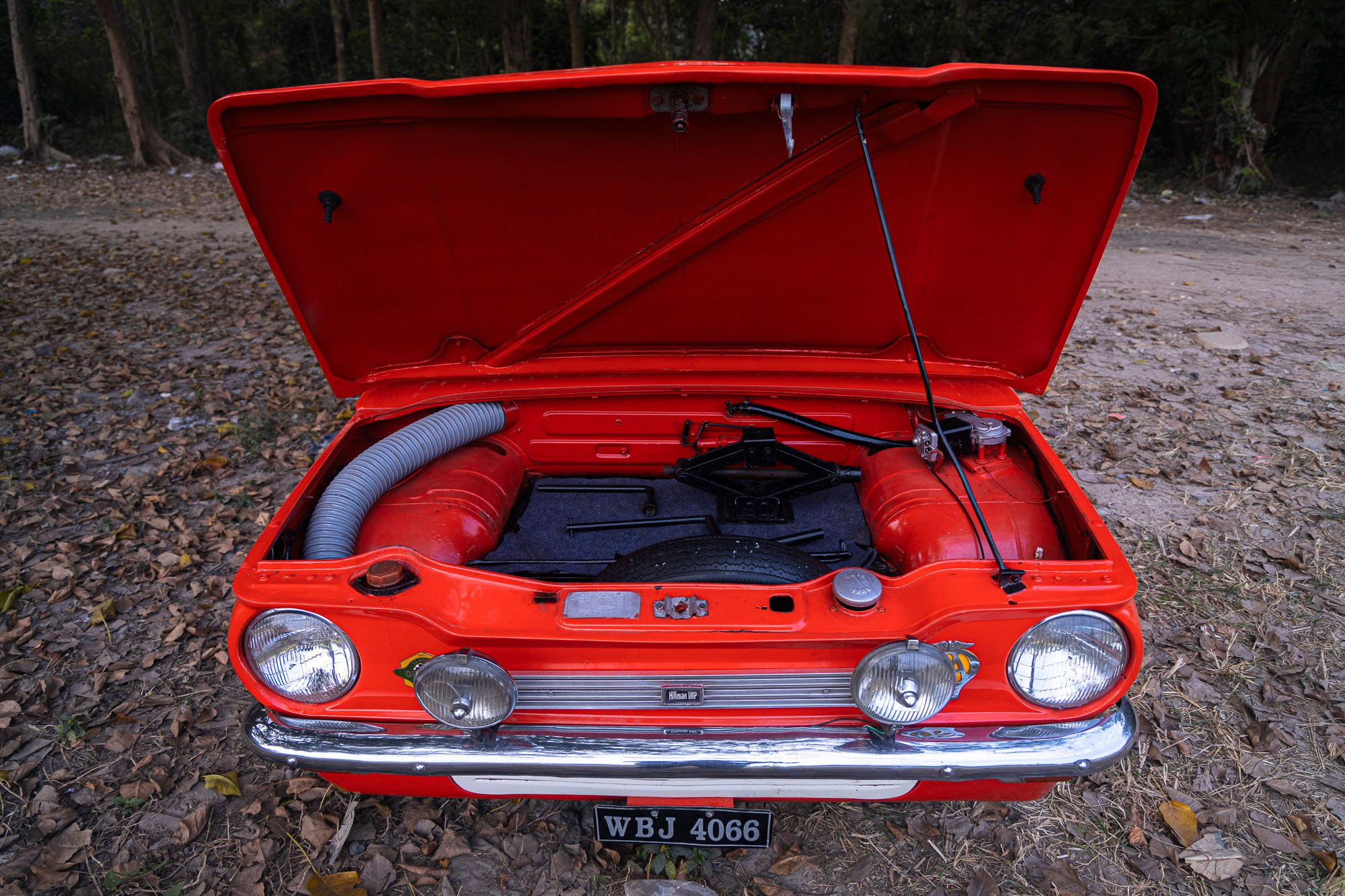
What probably hurt the Imp's chances the most was that, while ahead of its time in many ways (and certainly ahead of the competition too), by the time it arrived it was inarguably a little late to the party. On sale for about 13 years, across different body styles and brand names, the Imp was a critically acclaimed car which could've easily done with more success than it got. The Rootes Group was eventually sold to Chrysler, who kept updating the Imp till the Mk3 model came along. In total, about 440,000 examples were sold.
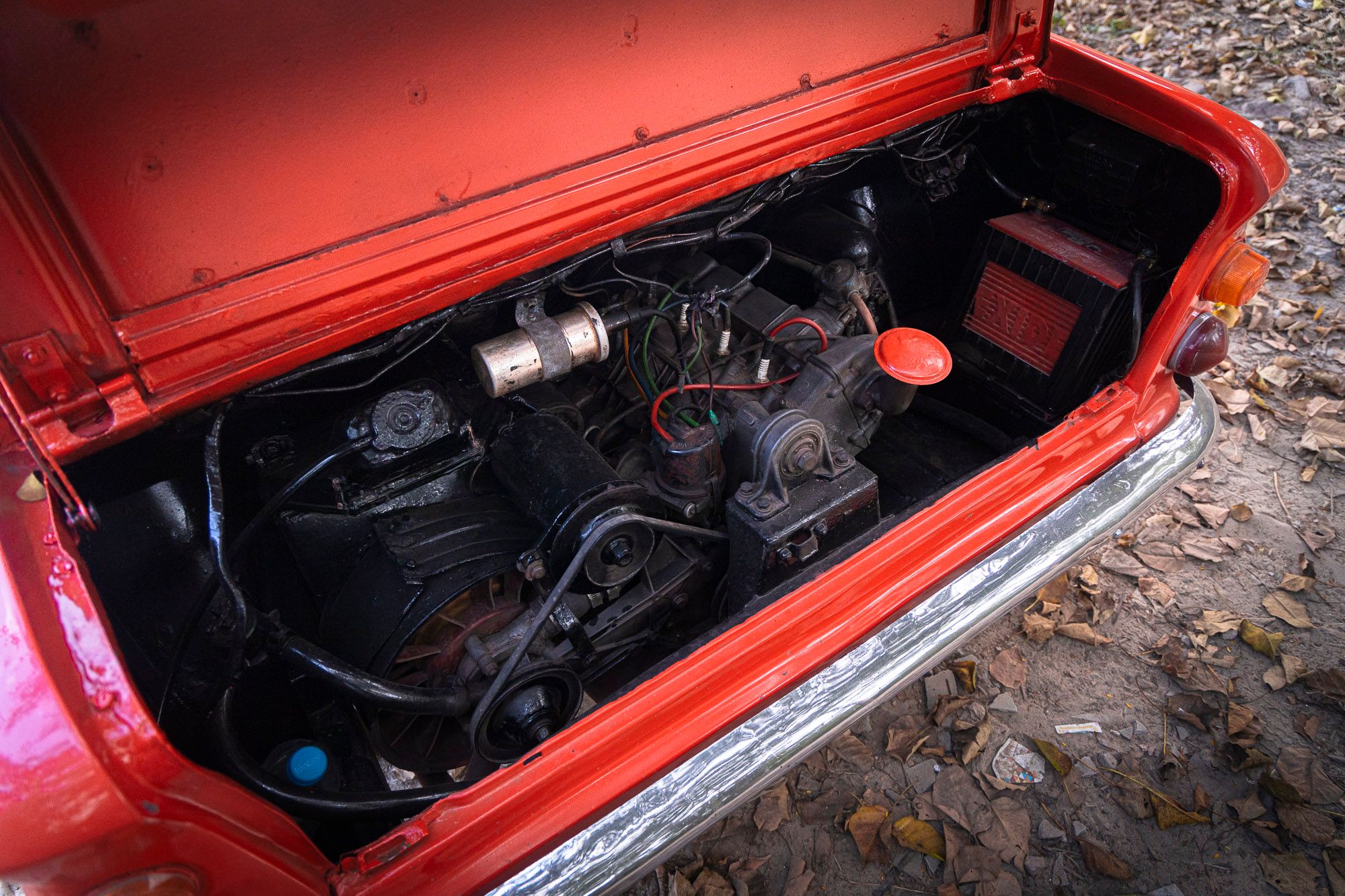
One such example was bought by an Indian in Scotland in 1965. The gentleman paid £800 or so for the car, used it there, and transported it to India where the original owner's niece Sarmistha Hazra and her husband Prasun Hazra eventually became its custodians another 30 or so later. Being a zero-former-keeper car, and having been in the same family since new, this Super Imp also has the original documents and paperwork including the owner's manual, workshop manual, etc. Still in Dr. Bose's name (the original owner), the car has about 91,000 miles on the clock, and that doesn't just include pottering in and around Calcutta, but also two European trips in the late 60s.
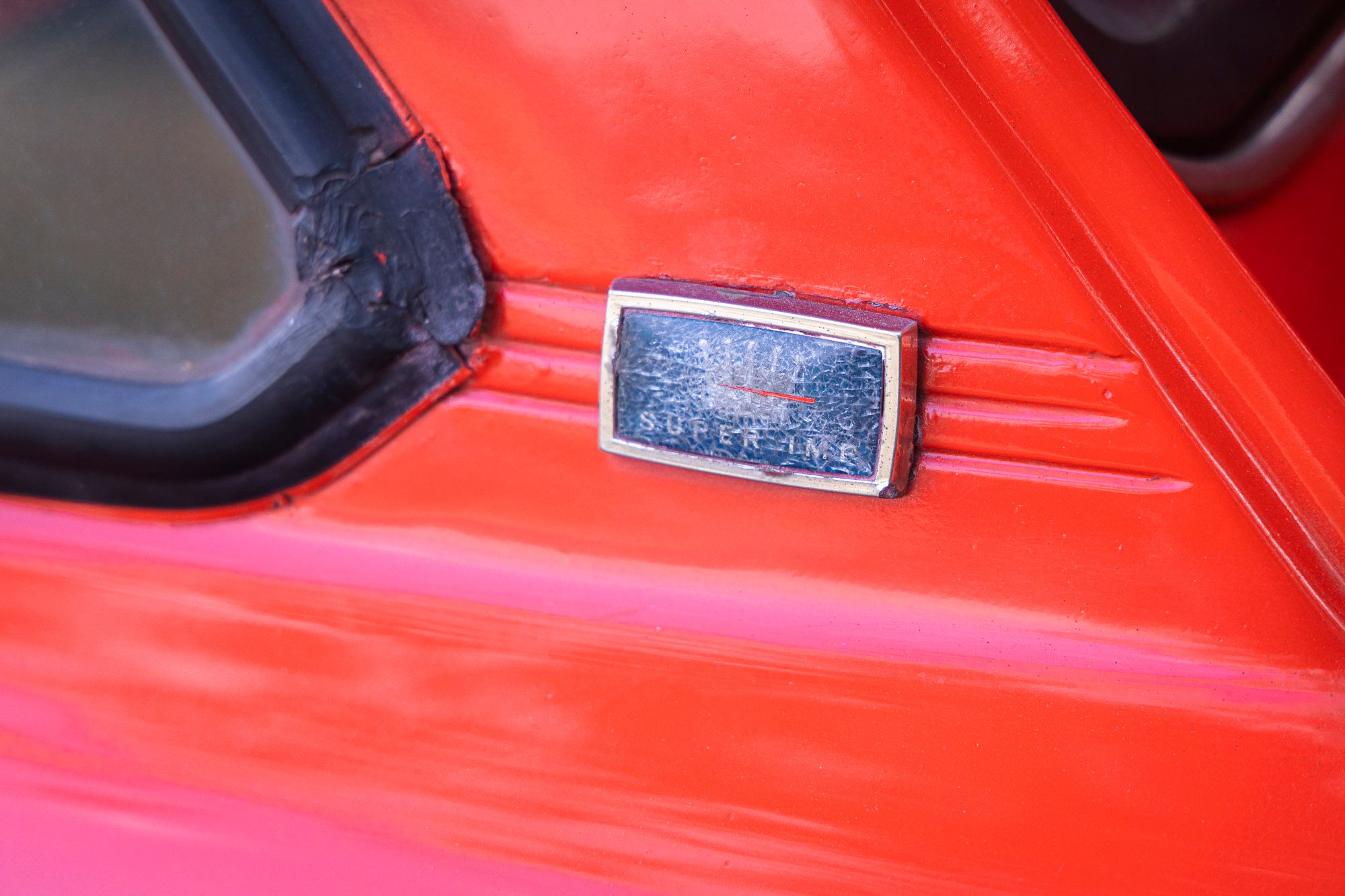
Prasun absolutely adores the car! He drives it regularly, and is mindful of only taking it to places where there's dedicated parking. He also mentions that the Imp is very easy to drive —and that he's had no issues with driving it in Calcutta. In fact, he continues, the car has never had any breakdowns. The only small issue he feels sometimes is that the engine can get hot.
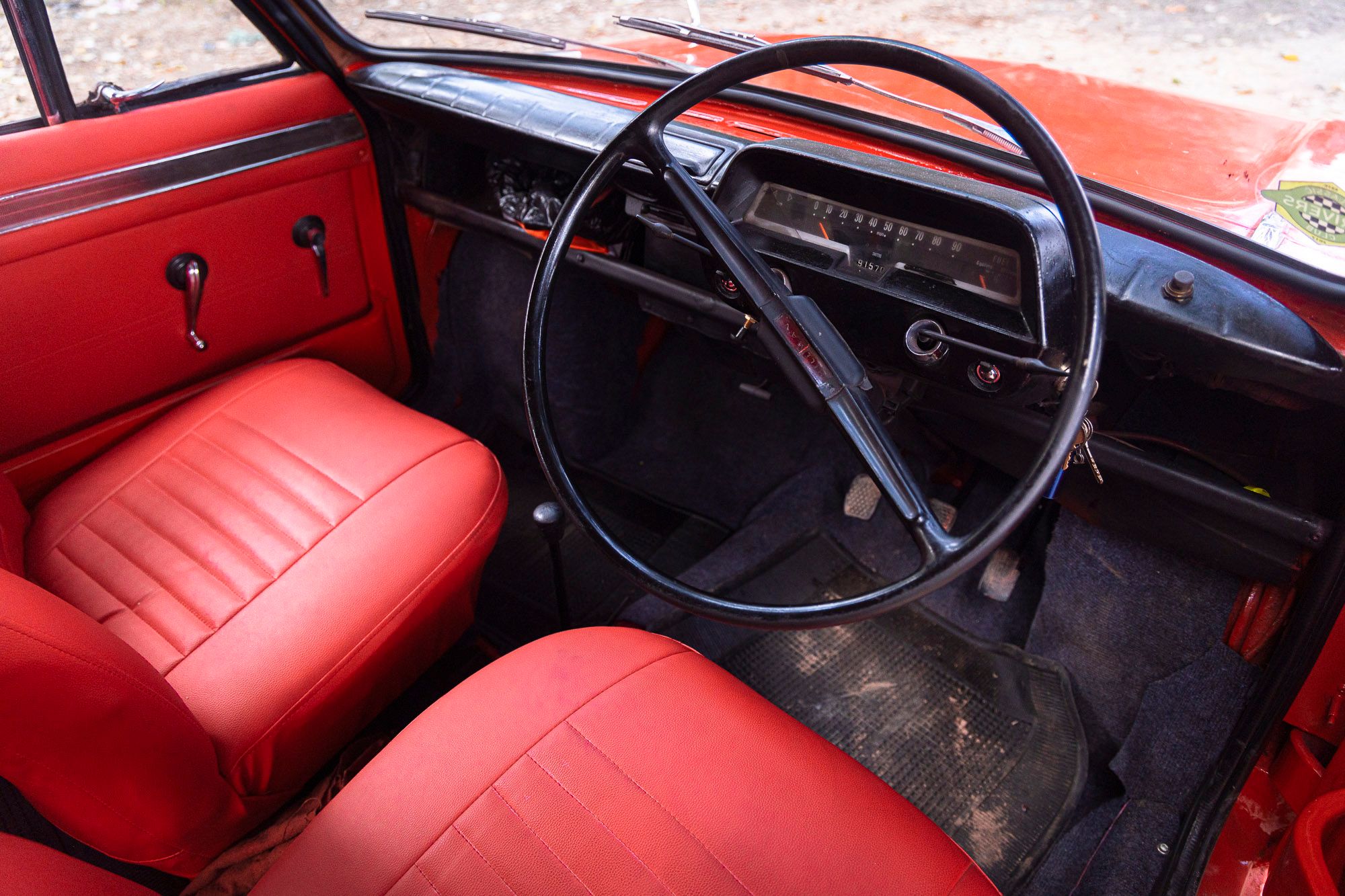
Sourcing parts hasn't been an issue, and his direct contacts in the UK have been helpful. The two-tone paint has been done recently, and the car got reupholstered in an exterior-matching red. Apart from its unique looks —and the fact that it causes people to stop in their tracks to notice and often wonder which car it is—Prasun maintains that it's also got good leg space, which makes the car even more useable.
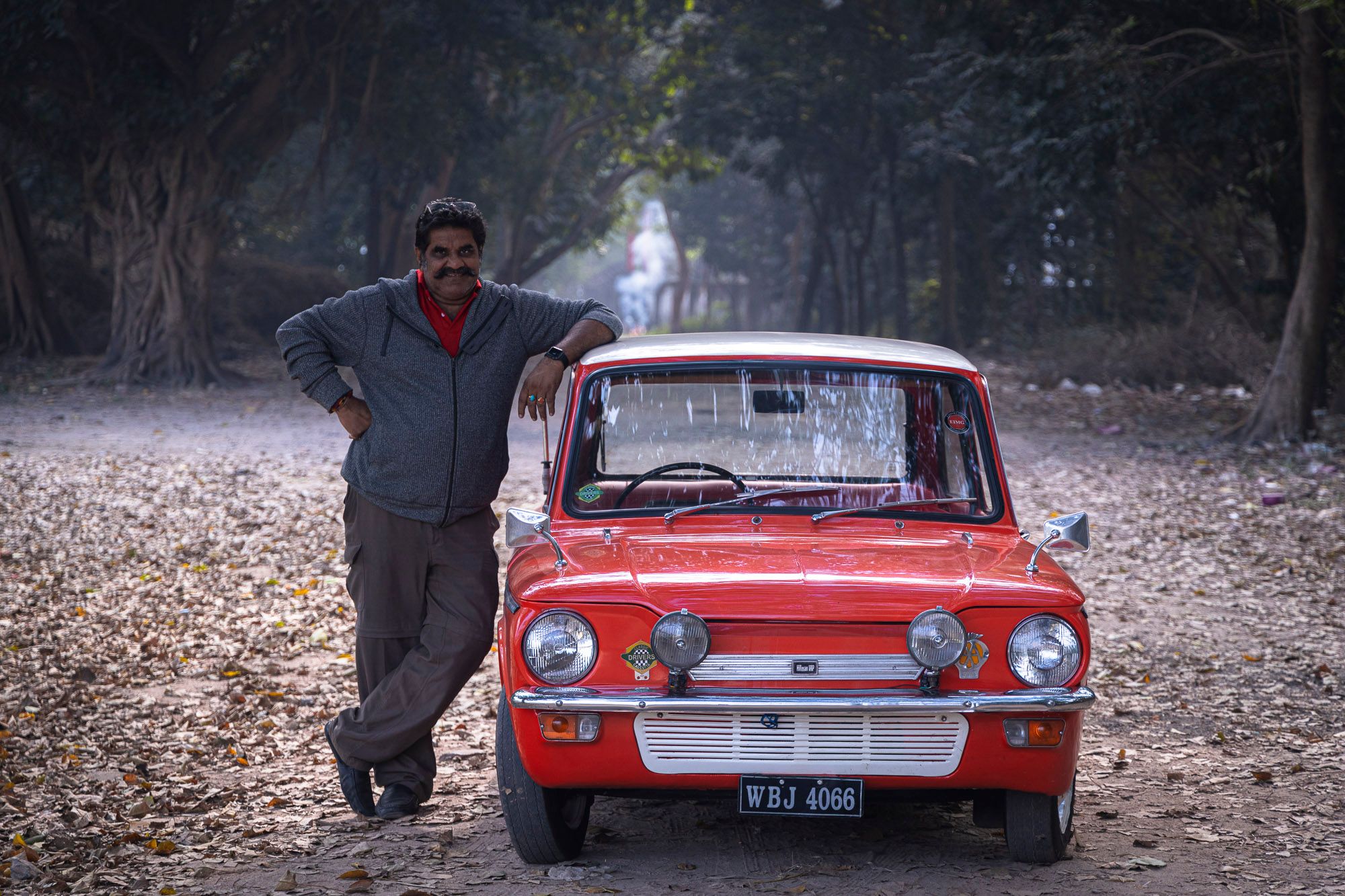
If you noticed this is no standard Imp either; it's what Hillman sold as the Super Imp. While not exactly the most powerful version or driver-focused (as the name might suggest), the Super Imp got interior and exterior upgrades, including the most noticeable new two-piece grille up front, full carpeting, improved sound deadening, new badges, etc. It was positioned between the Deluxe (MkII) and the more upmarket Imp Chamois; it was roughly £25 more expensive than the Deluxe and retailed for a little over £550 in 1965.
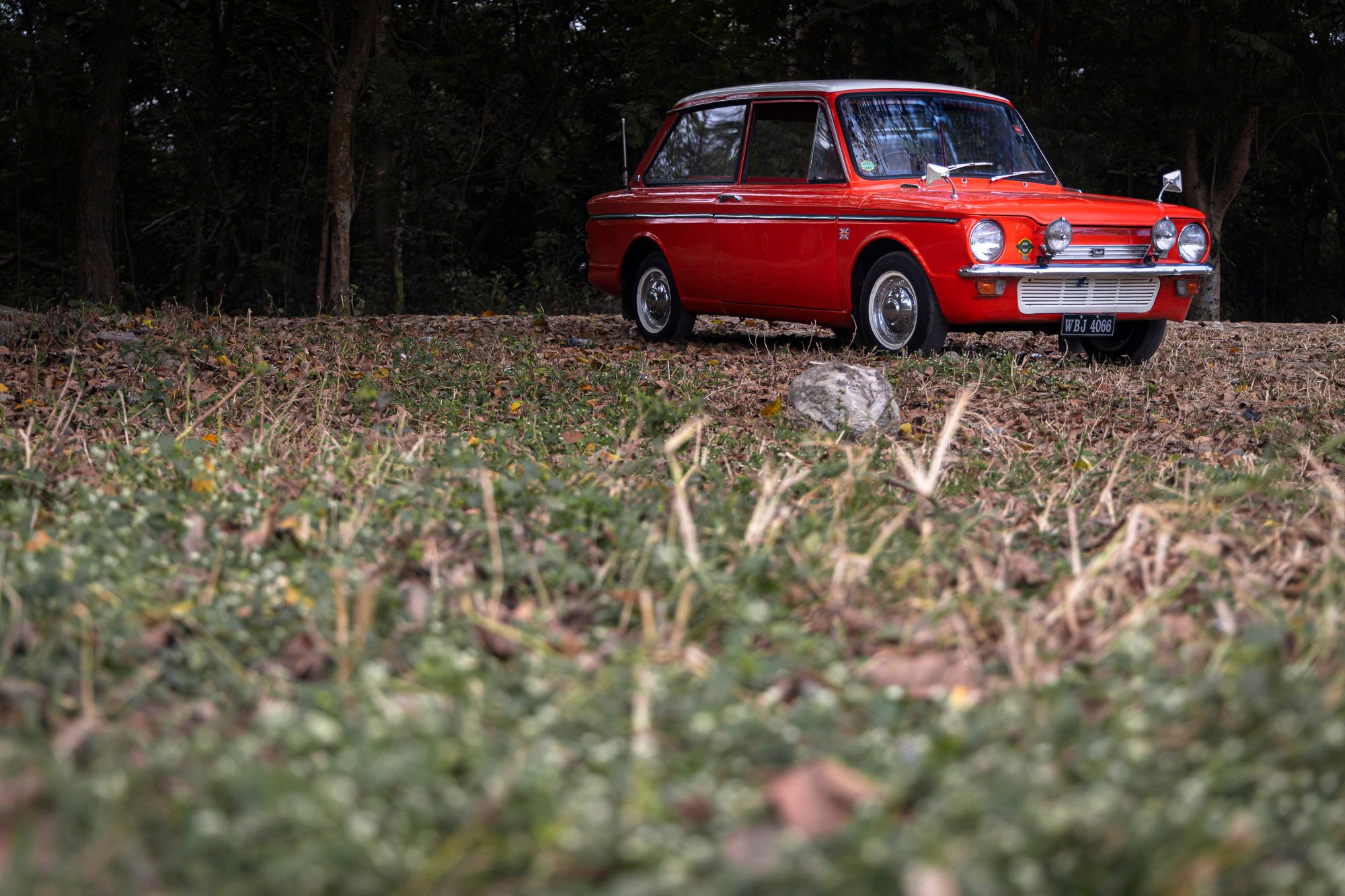
Despite not being a runaway success a la the Mini, the Hillman Imp had a lot going for it: a great motorsport-derived engine, more space, a clever top-hinged rear window, etc. It's said to be launched a little earlier than what the product team would have liked. Although to be fair to Rootes, they couldn't afford to delay any further either. As a result, the Imp made it to fewer driveways than it deserved. But ask a proud owner like Prasun Hazra and they wouldn't have it any other way.
Comments
Sign in or become a deRivaz & Ives member to join the conversation.
Just enter your email below to get a log in link.

